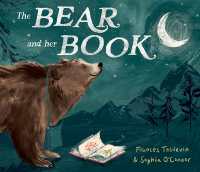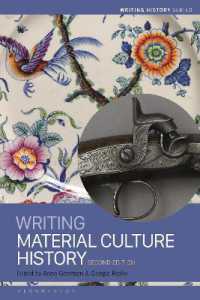Full Description
Formulaicity is pervasive in both spoken and written language. Speakers use a huge amount of prefabricated language including collocations, idioms, fixed and semi-fixed expressions, and verbal creativity often involves combining established word sequences rather than inventing wholly new ones. In literature, formulaicity was long disparaged as the opposite of creativity, and a hallmark of 'genre fiction' of questionable aesthetic value, but a more recent approach sees all writing as intertextual - a tissue of citations and creative reworkings of other texts. The chapters in this book elucidate the nature of semi-fixed formulaic sequences; how the meaning of formulaic expressions can change over time; how readers interpret formulaic expressions in first and second languages; how modern and postmodern authors use traditional genres and tales to challenging effect; and how formulaic patterns involving particular words can underlie the texture and meanings of entire novels. Together, the contributions to this collection provide a convincing reassessment of the potential creativity of the formulaic in a variety of linguistic and literary contexts. This book was originally published as a special issue of the European Journal of English Studies.
Contents
Introduction: Formulaicity and creativity in language and literature 1. Formulaic sequences: a drop in the ocean of constructions or something more significant? 2. Begging the question: chunking, compositionality and language change 3. How native and non-native speakers of English interpret unfamiliar formulaic sequences 4. Rewriting the fairy tale in Louise Murphy's and Lisa Goldstein's Holocaust narratives 5. Transforming the pantomime formula in J.M. Barrie's Peter Pan 6. 'The Hollow Echo': Gothic fiction and the structure of a formulaic pattern








